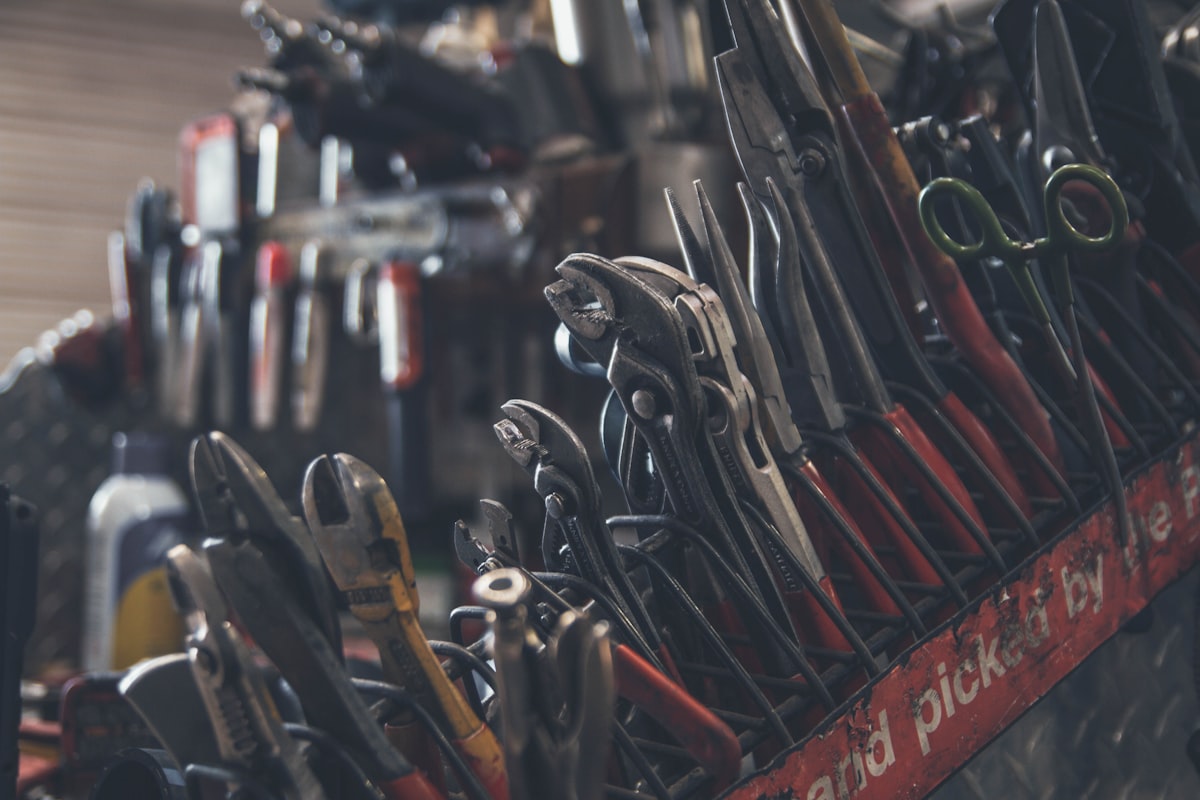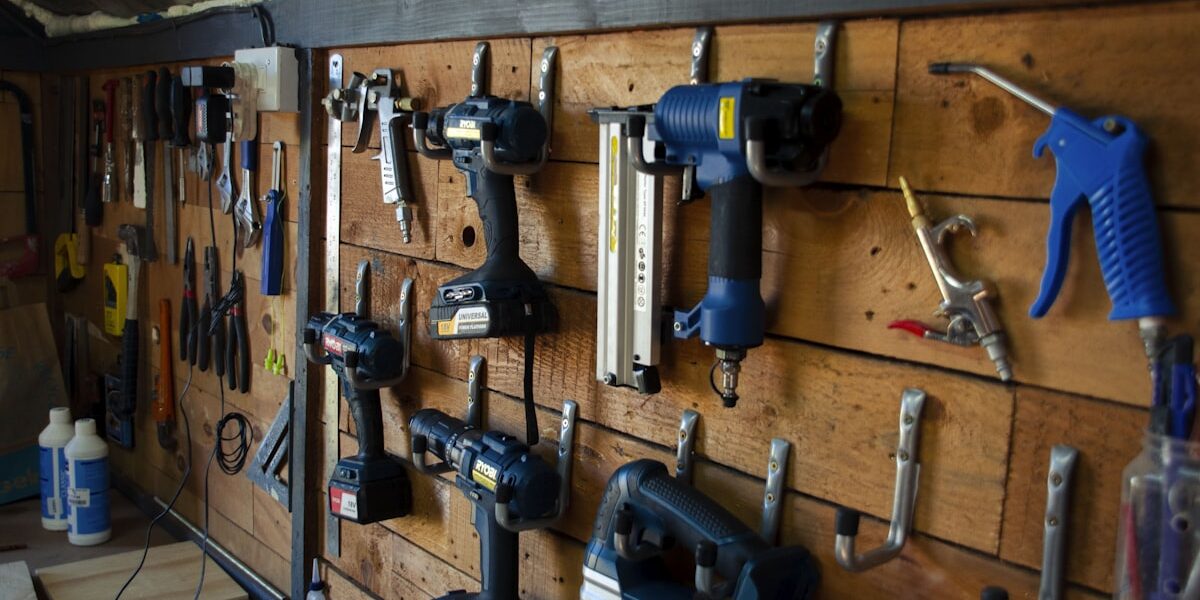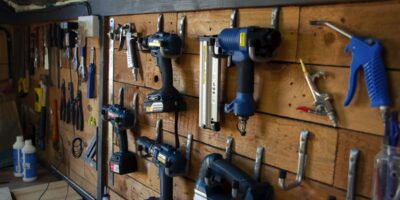Shop Notes: Your Guide to Efficient Woodworking
Shop Notes: Your Guide to Efficient Woodworking
Woodworking is both an art and a science. The more organized your shop, the more efficient you’ll be. Keeping detailed notes on each project and tool can save time and reduce errors. Here we delve into practical tips and methods to enhance your woodworking experience.
Setting Up Your Workspace
The layout of your workspace affects productivity. First, categorize tools based on frequency of use. Place most-used items within reach. Shelves, pegboards, and tool chests are indispensable for organization.

Lighting plays a crucial role. Install bright, evenly distributed lights. LED fixtures are energy-efficient and provide excellent visibility. Avoid casting shadows that could hamper precise work.
Ergonomics cannot be ignored. Workbenches should be at a comfortable height. Invest in a good quality anti-fatigue mat. Your back, feet, and joints will thank you for it.
Tool Maintenance and Documentation
Well-maintained tools perform better and last longer. Keep a maintenance log for each tool. Include purchase dates, maintenance schedules, and any repairs done. This log aids in planning and budgeting for replacements.

Regularly clean and oil hand tools. For power tools, check the manufacturer’s recommendations. Blade sharpness is critical for clean cuts. Swap or sharpen blades as needed.
Material Selection and Storage
Choose materials based on the project requirements. Hardwoods are best for furniture, while softwoods work well for construction. Plywood and MDF are great for cabinetry.
Organize materials by type and size. Use racks to store lumber vertically. This minimizes warping and makes selection easier. Label everything clearly. This simple step saves considerable time during project execution.
Project Planning and Execution
Detailed plans are the backbone of successful projects. Start with a clear sketch or blueprint. List the required materials and tools. Break down the project into smaller tasks or milestones.
Keep a project diary. Document any changes or adjustments. Note down what worked well and what didn’t. This invaluable record will guide you in future projects.
Dry fitting pieces before final assembly is crucial. It ensures correct alignment and fit. Sand all surfaces before assembly to avoid damaging joints.
Safety Precautions
Safety in the workshop cannot be overstated. Always wear appropriate personal protective equipment (PPE), like safety glasses, ear protection, and dust masks. Ensure proper ventilation if working with finishes or adhesives.
Know your tools’ safety features and use them diligently. Emergency stop buttons, blade guards, and push sticks are there for a reason. Maintain a first aid kit nearby and know basic first aid procedures.
Efficient Workflow and Time Management
Batch processing similar tasks saves time. Cut all pieces first, then sand, then assemble. This reduces the time spent switching between tools and processes.
Set realistic goals. Allocate sufficient time for each task. Rushing increases the chances of mistakes. Regular breaks improve focus and reduce fatigue.
Jigs and Fixtures
Jigs and fixtures increase accuracy and repeatability. Build custom jigs for repetitive tasks like drilling holes or cutting angles. These are investments in precision and efficiency.
Store jigs and fixtures when not in use. Label them for specific projects to ease future use. This organized approach reduces setup time and enhances accuracy.
Cleaning and Upkeep
A clean workspace is a productive workspace. Schedule regular cleanup sessions. Sweep sawdust, wipe surfaces, and empty trash bins frequently. Clean tools before storage to prolong their lifespan.
Periodically review your shop’s organization. Declutter as necessary. An orderly shop not only looks good but functions better.
Learning and Skill Improvement
Woodworking is ever-evolving. Stay updated with new techniques and tools. Subscribe to woodworking magazines, join online forums, and watch tutorial videos. Continuous learning keeps your skills sharp.
Attend workshops or classes. Hands-on learning from experts can provide insights and techniques that are hard to pick up on your own. Sharing experiences with fellow woodworkers can also inspire new project ideas.
Budgeting and Cost Management
Keep track of expenses for each project. This includes materials, tools, and utilities. A clear budget helps in managing costs and planning for future expenses. Look for sales and bulk buying options to save money.
Recycle and reuse materials when possible. Off-cuts and leftover materials can be used for smaller projects or jigs. Efficient material use reduces waste and saves money.
Documenting Your Projects
Maintain a portfolio of completed projects. Take high-quality photos from multiple angles. Note the materials used, techniques applied, and any unique challenges faced. This record not only serves as a personal achievement but also attracts clients if you’re selling your work.
Share your projects on social media or a personal blog. Engaging with the woodworking community can provide feedback and build your reputation.
Technology and Woodworking
Modern technology can enhance traditional woodworking. CNC machines offer precision for complex cuts. Laser cutters add intricate details. 3D printers can create custom jigs and templates.
Software applications assist in designing and planning projects. CAD programs allow for detailed blueprints. Inventory software tracks materials and tools efficiently.
Environmental Considerations
Sustainability is gaining importance in woodworking. Use eco-friendly materials where possible. Procuring wood from certified sources ensures sustainable forestry practices. Avoid using hazardous chemicals in finishes and adhesives.
Implement a waste management system. Recycle offcuts and sawdust. Dispose of hazardous materials responsibly. An environmentally responsible workshop not only benefits the planet but also boosts your credibility as a craftsman.


Subscribe for Updates
Get the latest articles delivered to your inbox.
We respect your privacy. Unsubscribe anytime.